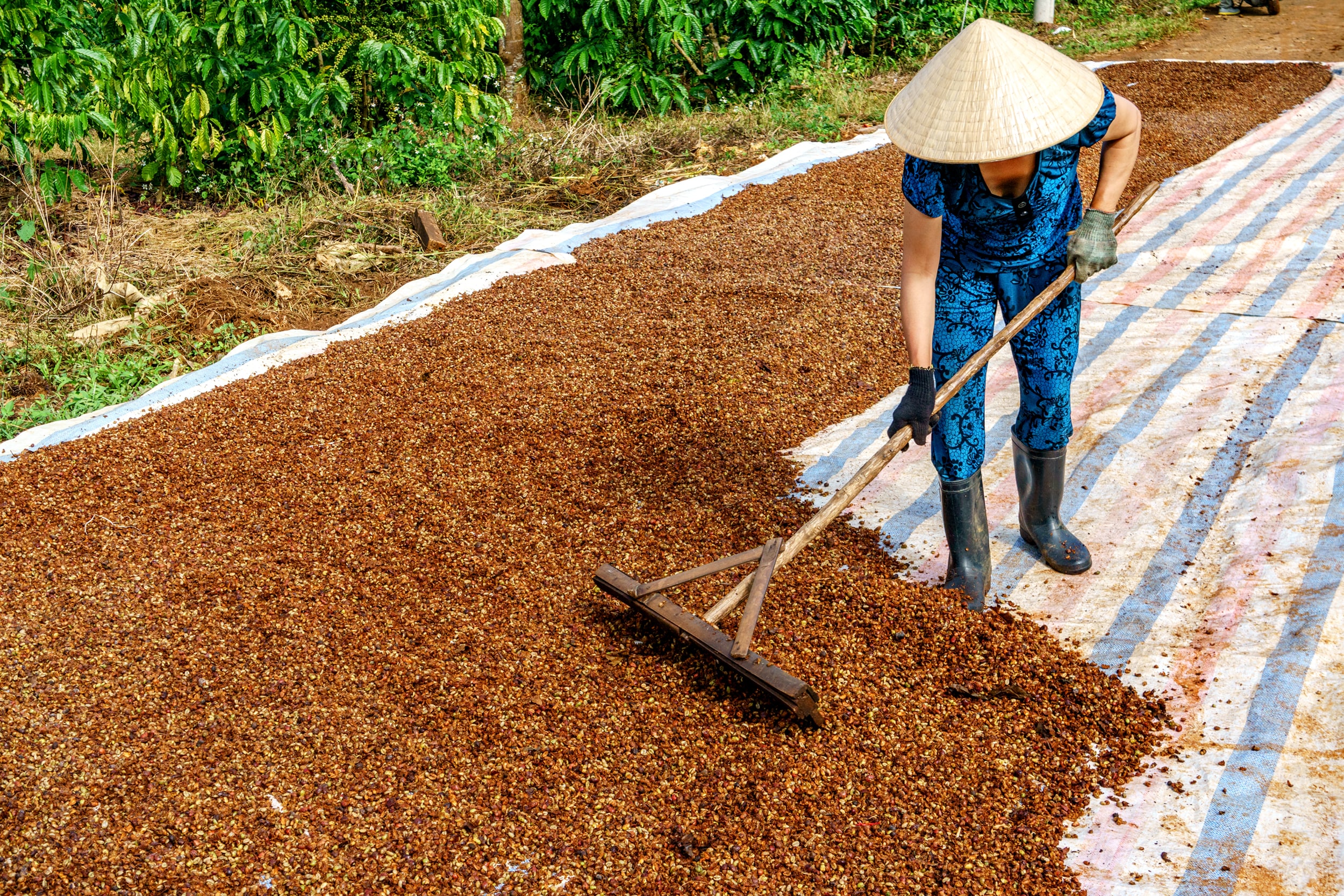
Netherlands-based IDH, the Sustainable Trade Initiative, runs a programme called Initiative for Sustainable Landscapes (ISLA). After two years of collecting data across 300 Vietnamese coffee farms, the report on ISLA has been released.
It focuses on whether the coffee farm in question is a net source, or net sink, of carbon dioxide. That is to say, the initiative examined whether a coffee farm could not just be sustainable, but actively remove CO2 from the atmosphere – and the ISLA programme has revealed some compelling evidence that suggests it is indeed possible.
The Southeast Asian nation is the second biggest producer of coffee in the world, behind Brazil. Vietnam’s central highlands produce 95% of its coffee, which is both a huge source of income for the area, and a factor behind high carbon emissions.
The ISLA programme analysed the carbon footprint of robusta coffee grown on over 300 farms in two highland regions, Lam Dong and Dak Lak. IDH works through the programme to support coffee producers in the region: helping to reducing their carbon footprint and improve fertiliser and water use for both environmental and economic reasons. Becoming climate-resilient is a key factor for coffee farmers, as climate change threatens their production.
Crop diversification
This year, droughts across Vietnam could reduce annual coffee output, according to IDH. Diversifying the crops that farmers produce could offer a financial safety net by likewise diversifying income source.
On top of that, ISLA found that while monocrop farms were net sources of carbon – giving off 0.37 tons of carbon dioxide per ton of coffee produced – diverse coffee farms told a different story.
Farms that produce different crops alongside each other, like pepper, avocado or durian create more biomass. That in turn sequesters carbon dioxide from the atmosphere, resulting in net carbon sinks. For every ton of coffee produced by these farms, they actively removed 0.16 tons of CO2.
IDH’s recommendations for farmers are that when they diversify, they use a non-coffee plant canopy density of 30%, which would maintain annual coffee production at 3 tons per hectare.
Efficiency in farming
Alongside those farms, there were a small number of monocrop farms that also managed to absorb more CO2 than they emitted. The driving factor behind those, according to IDH, was more efficient use of fertiliser.
It’s fertiliser use that’s one of the biggest contributors to the Vietnamese coffee industry’s carbon emissions.
Daan Wensing, programme director for global landscapes at IDH, sees ISLA’s research as conclusive evidence of the need for diversification in Vietnam – and, possibly, elsewhere. “As more farmers adopt this and other agroforestry methods,” he says, “the number of farms that serve as carbon sinks will grow, becoming crucial drivers of both climate mitigation and resilience.”
Frances Ball




